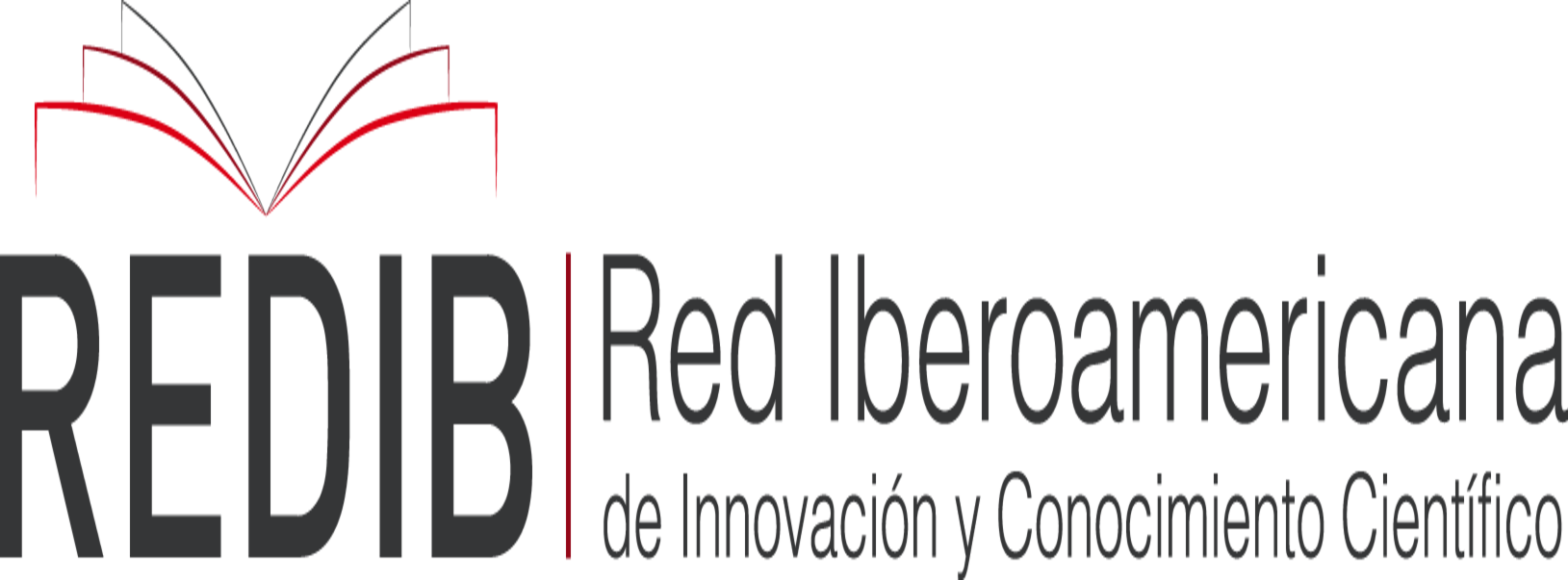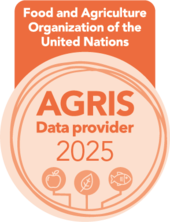Microplastic contamination in market bivalve Argopecten purpuratus from Lima, Peru
DOI:
https://doi.org/10.17268/manglar.2019.012Abstract
Microplastics (< 5 mm) are ubiquitous contaminants in the marine environment. Many marine commercial species, among fish, mollusks and crustaceans, are subject to microplastic exposure through ingestion. The aims of the present study were to determine microplastic contamination in scallops from fishery markets of Lima and if microplastics are more likely to adhere to certain parts of the scallop. Argopecten purpuratus specimens were bought from fishery markets in Lima. Soft tissues were digested using 10% KOH and incubated at 60 °C overnight. An optical microscope was used to observe microplastics after vacuum filtration of the supernatant solution. Microplastic concentration, color and type were recorded. ATR-FTIR analysis determined the specific polymer types. The overall mean microplastic concentration was 2.25 ± 0.54 MP.ind-1. Fibers were the most abundant microplastic type, while red and blue were dominant colors. Mann Whitney U test indicated no significant differences (P > 0.05) of microplastic content between gonads and muscle. Microplastics in seafood and foodstuff could pose a threat to food security and human health. Still, information regarding microplastic pollution is scarce.
Downloads
References
Andrady, A.L. 2017. The plastic in microplastics: A review. Marine Pollution Bulletin 119(1): 12-22.
Barboza, L.G.A.; Vathaak, A.D.; Lavorante, B.R.B.O.; Lundebye, A.; Guilhermino, L. 2018. Marine microplastic debris: An emerging issue for food security, food safety and human health. Marine Pollution Bulletin 133: 336-348.
Catarino, A.I.; Macchia, V.; Sanderson, W.G.; Thompson, R.C.; Henry, T.B. 2018. Low levels of microplastics (MP) in wild mussels indicate that MP ingestion by humans is minimal compared to exposure via household fibres fallout during a meal. Environmental Pollution 237: 675-684.
Cho, Y.; Shim, W.J.; Jang, M.; Han, G.M.; Hong, S.H. 2019. Abundance and characteristics of microplastics in market bivalves from South Korea. Environmental Pollution 245: 1107-1116.
Cózar, A.; Echevarría, F.; González-Gordillo, J.I.; Irigoien, X.; Úbeda, B.; Hernández-León, S.; Palma, A.T.; Navarro, S.; García-de-Lomas, J.; Ruiz, A.; Fernández-de-Puelles, M.L.; Duarte, C.M. 2014. Plastic debris in the open ocean. Proceedings of the National Academy of Sciences of the United States of America 111(28): 10239-10244.
Davidson, K.; Dudas, S.E. 2016. Microplastic Ingestion by Wild and Cultured Manila Clams (Venerupis philippinarum) from Baynes Sound, British Columbia. Archives of Environmental Contamination and Toxicology 71(2): 147-156.
Dehaut, A.; Cassone, A.L.; Frère, L.; Hermabessiere, L.; Himber, C.; Rinnert, E.; Rivière, G.; Lambert, C.; Soudant, P.; Huvet, A.; Duflos, G.; Paul-Pont, I. 2016. Microplastics in seafood: Benchmark protocol for their extraction and characterization. Environmental Pollution 215: 223-233.
De-la-Torre, G.E.; Laura, R.P. 2019. Composición, características físicas y generación per cápita de los residuos sólidos en la playa Las Sombrillas, Lima. Manglar 16(1): 39-44.
Guzzetti, E.; Sureda, A.; Tejada, S.; Faggio, C. 2018. Microplastic in marine organism: Environmental and toxicological effects. Environmental Toxicology and Pharmacology 64: 164-171.
Hernandez-Gonzalez, A.; Saavedra, C.; Gago, J.; Covelo, P.; Santos, M.B.; Pierce, G.J. 2018. Microplastics in the stomach contents of common dolphin (Delphinus delphis) stranded on the Galician coasts (NW Spain, 2005–2010). Marine Pollution Bulletin 137: 526-532.
Li, J.; Green, C.; Reynolds, A.; Shi, H.; Rotchell, J.M. 2018. Microplastics in mussels sampled from coastal waters and supermarkets in the United Kingdom. Environmental Pollution 241: 35-44.
Li, J.; Yang, D.; Li, L.; Jabeen, K.; Shi, H. 2015. Microplastics in commercial bivalves from China. Environmental Pollution 207: 190-195.
Naji, A.; Nuri, M.; Vethaak, A.D. 2018. Microplastics contamination in molluscs from the northern part of the Persian Gulf. Environmental Pollution 235: 113-120.
Provencher, J.F.; Borrelle, S.B.; Bond, A.L.; Lavers, J.L.; van Franeker, J.A.; Kühn, S.; Hammer, S.; Avery-Gomm, S.; Mallory, M.L. 2019. Recommended best practices for plastic and litter ingestion studies in marine birds: Collection, processing, and reporting. FACETS 4: 111-130.
Purca, S.; Henostroza, A. 2017. Presencia de microplásticos em cuatro playas arenosas de Perú. Revista Peruana de Biología 24(1): 101-106.
Rainieri, S.; Barranco, A. 2019. Microplastics, a food safety issue? Trends in Food Science y Technology 84: 55-57.
Rochman, C.M.; Tahir, A.; Williams, S.L.; Baxa, D.V.; Lam, R.; Miller, J.T.; Teh, F.; Werorilangi, S.; Teh, S.J. 2015. Anthropogenic debris in seafood: Plastic debris and fibers from textiles in fish and bivalves sold for human consumption. Scientific Reports 5: 14340.
Van Cauwenberghe, L.; Janssen, C.R. 2014. Microplastics in bivalves cultured for human consumption. Environmental Pollution 193: 65-70.
Zhu, J.; Yu, X.; Zhang, Q.; Li, Y.; Tan, S.; Li, D.; Yang, Z.; Wang, J. 2019. Cetaceans and microplastics: First report of microplastic ingestion by a coastal delphinid, Sousa chinensis. Science of The Total Environment 659: 649-654.
Downloads
Published
Issue
Section
License

Manglar is an open access journal distributed under the terms and conditions of Creative Commons Attribution 4.0 International license









